Black and Gold - With Hostas Included
wellspring
13 years ago
Related Stories
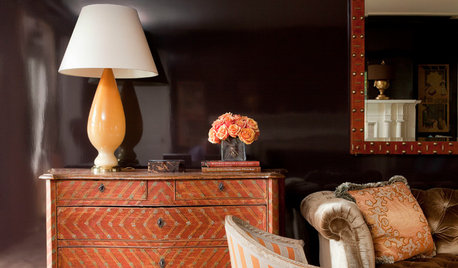
DECORATING GUIDES7 Reasons to Include a Little Gloss in Your Decor
High-shine finishes look good, are practical and can infuse your home with an air of glamour
Full Story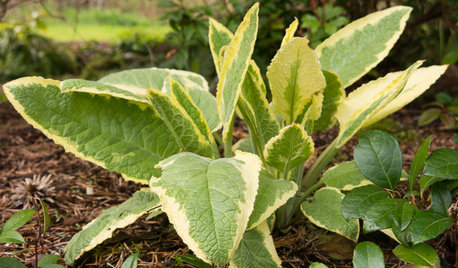
GARDENING GUIDESGreat Design Plant: Axminster Gold Comfrey for Sun or Shade
Plant this perennial for bold color that will light up shady spots, sparkle in the sun and add interest from spring until fall
Full Story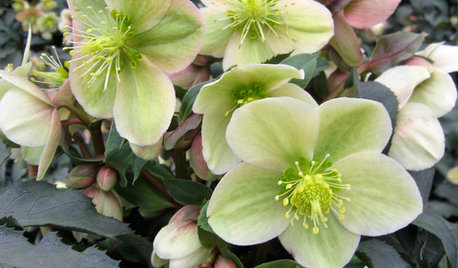
WINTER GARDENINGGreat Design Plant: Gold Collection Hellebores Perform Like Stars
Exciting colors, longer bloom times, forward-facing flowers ... These hybrids leave old hellebores in the dust
Full Story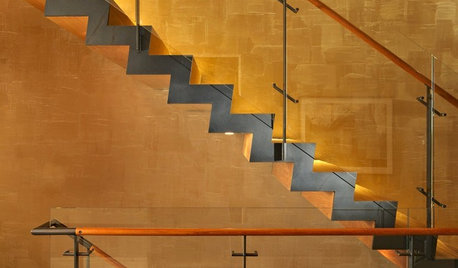
COLORColor Guide: How to Work With Gold
It's OK to be a gold digger — this timeless color adds a rich glow to walls, furnishings and home decor that anyone would covet
Full Story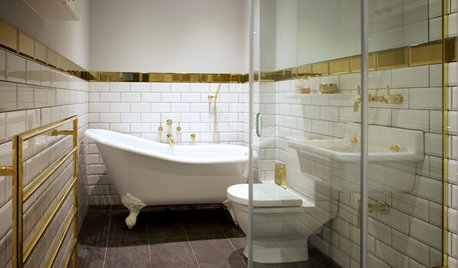
BATHROOM MAKEOVERSRoom of the Day: Gold Gives This Bathroom a Warm Glow
The metallic finish combines with subway tile and a gray floor in a streamlined space
Full Story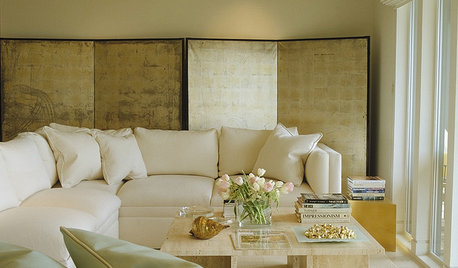
DECORATING GUIDESA Glimmer of Gold Leaf Will Make Your Room Shine
Make a unique, unexpected statement in any space with this precious metallic finish
Full Story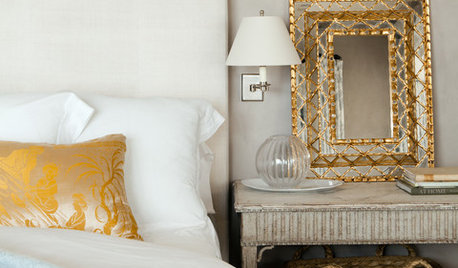
COLORRestful Bedroom Designs Strike Gold
Don’t be afraid to use this high-octane metallic to create a soft and sunny glow in the bedroom
Full Story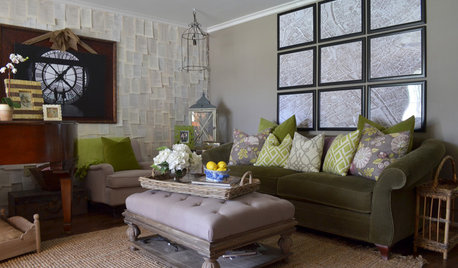
HOUZZ TOURSMy Houzz: A DIY Gold Mine in the Heart of Texas
From a sawn-down sleigh bed to book pages as wallpaper, the projects in this home are a testament to the homeowners' ingenuity
Full Story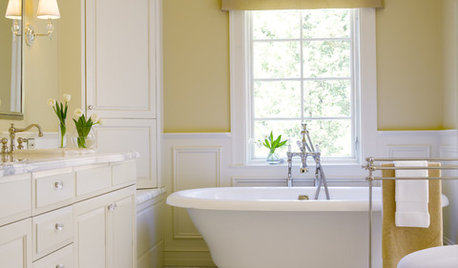
COLORBathed in Color: Favorite Yellows and Golds for the Bath
Get a golden glow for your bathroom with these expert paint picks and ideas for yellow walls
Full Story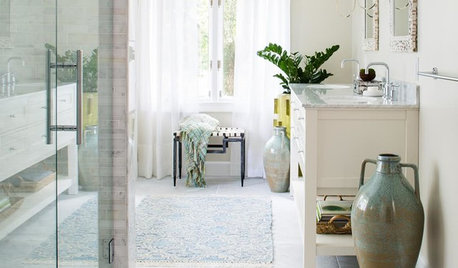
WHITERoom of the Day: Bye-Bye, Black Bidet — Hello, Classic Carrara
Neutral-colored materials combine with eclectic accessories to prepare a master bath for resale while adding personal style
Full Story





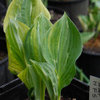

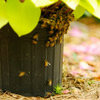
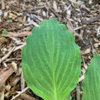

thisismelissa
wellspringOriginal Author
Related Professionals
Derry Landscape Architects & Landscape Designers · Billerica Landscape Contractors · Hartford Landscape Contractors · Brownsville Landscape Contractors · East Hanover Landscape Contractors · Harrisburg Landscape Contractors · Merced Landscape Contractors · Oklahoma City Landscape Contractors · Ronkonkoma Landscape Contractors · Madison Fence Contractors · Arcadia Fence Contractors · Castro Valley Fence Contractors · Oldsmar Fence Contractors · Windsor Fence Contractors · Rockledge Solar Energy SystemswellspringOriginal Author
thisismelissa
vetivert8
Edie
thisismelissa
wellspringOriginal Author
tomahawkclaim
tomahawkclaim
thisismelissa
wellspringOriginal Author
thisismelissa
wellspringOriginal Author